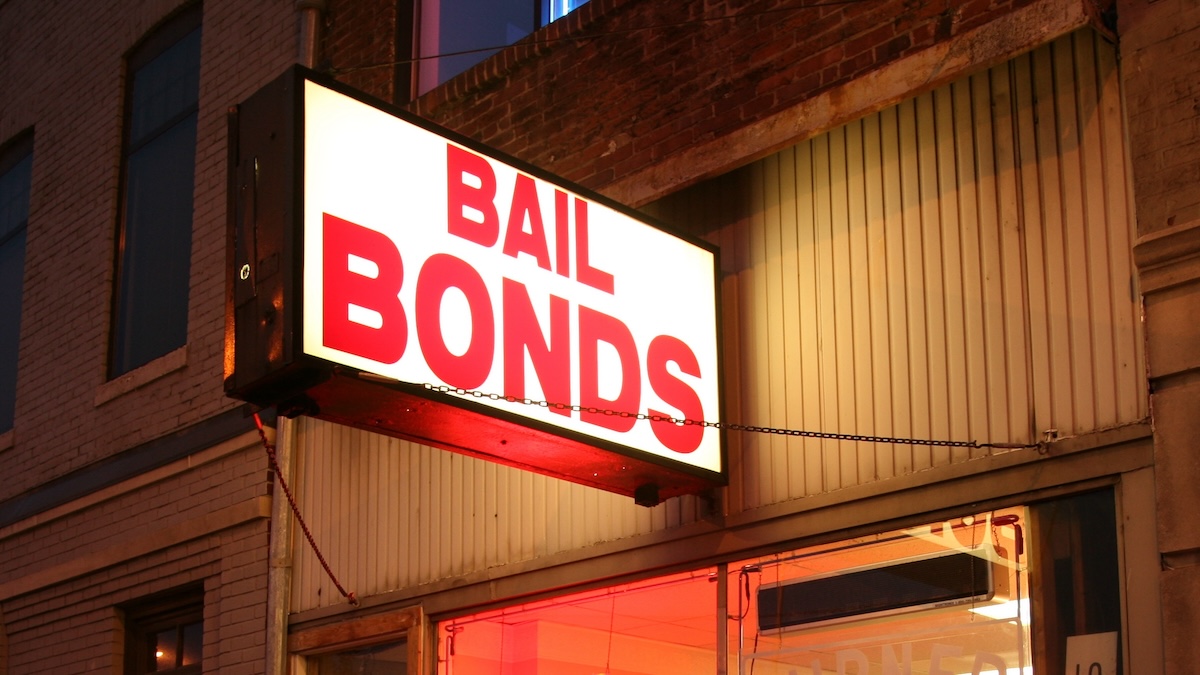How Causal Analysis Confirmed Impact of Cash Bail on Verdicts
 In New York City, when a person is arrested, that defendant’s fate may be affected by bail decisions made by a judge before their trial. The judge may decide that the defendant can be released or remanded for the period of time leading up to trial, counting on the defendant to return to court to stand for trial. Or the judge may set a “cash bail,” or “money bail,” which gives the defendant the option of buying their release until the trial begins. If the defendant fails to come up with the funds required for bail, they will be incarcerated until the trial. In New York City, many defendants who cannot afford to pay bail are detained at Rikers Island, located in the Bronx on the East River.
In New York City, when a person is arrested, that defendant’s fate may be affected by bail decisions made by a judge before their trial. The judge may decide that the defendant can be released or remanded for the period of time leading up to trial, counting on the defendant to return to court to stand for trial. Or the judge may set a “cash bail,” or “money bail,” which gives the defendant the option of buying their release until the trial begins. If the defendant fails to come up with the funds required for bail, they will be incarcerated until the trial. In New York City, many defendants who cannot afford to pay bail are detained at Rikers Island, located in the Bronx on the East River.
In 2017, HRDAG’s lead statistician, Kristian Lum, teamed up with Erwin Mat at the New York Legal Aid Society (NYLAS) and Mike Baiocchi, an assistant professor at Stanford University, to investigate whether setting bail affected the outcome of the trial for those who could not afford bail, or “indigent defendants.” Kristian spearheaded the investigation, and she and Baiocchi used NYLAS datasets and causal inference methods to quantify the impact of setting bail on case outcome.
In the introduction to their research, published in Observational Studies, Kristian and Baiocchi found: “It has long been observed that those who are detained pretrial are more likely to be convicted, but only recently have formal causal inference methods been brought to bear on the problem of determining whether pre-trial detention causes a higher likelihood of conviction. In each case where causal inference methods were used, a statistically significant effect was found.”
In a 2018 conference tutorial workshop, Kristian and Elizabeth Bender, a staff attorney at NYLAS, spoke with an innocent man who had been arrested and could not afford bail. The former defendant explained how frequently innocent defendants who can’t afford bail accept guilty plea bargains so they can get out of jail faster, and Bender shared that for public defenders to meet with defendants at Rikers Island, it involves a bus ride that is two hours each way, and they then only get 30 minutes to see the defendant, assuming the guards are on time (which is not always the case).
At the workshop, they learned that detained defendants frequently plead guilty in order to secure release—even when innocent—to avoid devastating consequences of prolonged incarceration. Pretrial detention often forces individuals to choose between maintaining employment, supporting families, and enduring dangerous jail conditions. Notably, New York City’s Rikers Island jail complex, where pretrial detainees are held, has faced widespread condemnation for its “culture of violence” and documented use of excessive force against inmates.
Those employed in the court system have observed that people who are unable to afford bail face compounding disadvantages such as heightened risks of recidivism and diminished employment prospects post-release. HRDAG’s findings reveal that those unable to post bail experience a 34% increased likelihood of being found guilty compared to those who secure pretrial freedom.
Further reading
fast.ai. Rachel Thomas. 7 August, 2018.
What HBR Gets Wrong about Algorithms and Bias.
Safety and Justice Challenge. Sarah Desmarais and Evan Lowder. 2019.
Pretrial Risk Assessment Tools: A Primer for Judges, Prosecutors, and Defense Attorneys.
Related publications
Kristian Lum, Erwin Ma and Mike Baiocchi (2017). The causal impact of bail on case outcomes for indigent defendants in New York City. Observational Studies 3 (2017) 39-64. 31 October 2017. © 2017 Institute of Mathematical Statistics.
HRDAG. Christine Grillo. 5 March, 2019.
Primer to inform discussions about bail reform.
Related videos + podcasts
Lifelong curiosity and Criminal Justice Reform through data. Origins, Episode 19. Kristian Lum. 2020. 52 minutes.
FAT* 2018 Translation Tutorial: Understanding the Context and Consequences of Pre-trial Detention. Elizabeth Bender (Decarceration Project at The Legal Aid Society of NYC), Kristian Lum (Human Rights Data Analysis Group), and Terrence Wilkerson (entrepreneur). 18 April, 2018. 52 minutes.
Acknowledgments
HRDAG was supported in this work by MacArthur Foundation, Ford Foundation, and Open Society Foundations.
Photo by Flickr user Daniel Schwen, CC-BY-4.0, modified by David Peters.
See more from criminal legal reform
